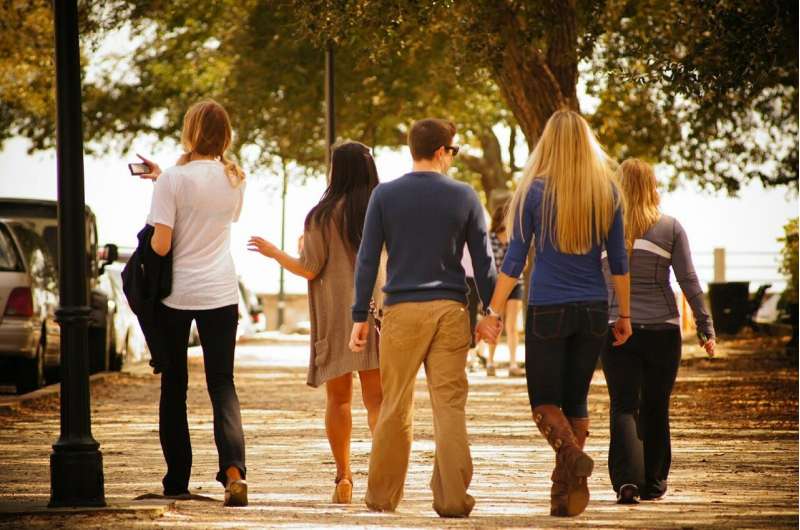Understanding Why Some Individuals with Alpha-1 Antitrypsin Deficiency Remain Healthy

Alpha-1 antitrypsin is a crucial protein that functions as a protease inhibitor, primarily produced in the liver and active in the lungs to regulate immune cell activity. Its role is vital in preventing excessive immune responses that can lead to lung diseases such as chronic obstructive pulmonary disease (COPD). However, a genetic mutation can cause the protein to fold incorrectly, resulting in reduced levels of functional alpha-1 antitrypsin reaching the lungs, thereby increasing susceptibility to lung and liver complications.
This mutation is inherited, with about 1 in 20 Europeans carrying a heterozygous form that often results in no or mild symptoms. The rarer homozygous form affects roughly 1 in 2,000 individuals and is associated with more severe disease manifestations, including liver fibrosis and respiratory issues.
Recent research conducted by an international team led by Matthias Mann at the Max Planck Institute of Biochemistry has shed light on why some patients with the homozygous mutation develop severe disease while others remain healthy. Using advanced proteomics, specifically Deep Visual Proteomics combined with artificial intelligence, scientists analyzed liver tissue samples from patients in Germany and Denmark across different disease stages.
The study revealed that the formation of alpha-1 protein aggregates in liver cells occurs in two morphologically distinct forms: crumb-like and ball-like. The early crumb-like aggregates are associated with cellular stress responses involving peroxisomes, while the later ball-like aggregates are linked to advanced fibrosis. Interestingly, the presence of these aggregate types did not always correlate with disease severity, suggesting complex underlying protective mechanisms.
A significant discovery was that the body's response to the initial protein misfolding—particularly the peroxisomal activity—may serve as a protective factor. Patients who exhibited early peroxisomal responses tended to avoid progressing to severe fibrosis. This insight opens possibilities for early diagnostics, potentially allowing healthcare providers to identify at-risk patients before symptoms emerge.
Technological advances in single-cell mass spectrometry and AI-driven image analysis were instrumental in these findings. They offer promising pathways toward developing early warning systems and therapies targeting the molecular mechanisms involved.
Experts such as Aleksander Krag and Pavel Strnad emphasized the importance of understanding protein misfolding at an individual cell level, which could lead to better treatment strategies not only for alpha-1 antitrypsin deficiency but also for other protein folding disorders like Parkinson’s and Alzheimer’s diseases. Overall, this research enhances our comprehension of genetic liver diseases and points to new avenues for early intervention and personalized medicine.
Stay Updated with Mia's Feed
Get the latest health & wellness insights delivered straight to your inbox.
Related Articles
Climate Change and Women's Cancer Risk: Insights from Recent Research
Recent research links rising temperatures due to climate change with increased incidence and mortality of women's cancers in the Middle East and North Africa, emphasizing the need for integrated health and climate strategies.
Innovative Neuroimaging-Based Model Links Brain Changes to Schizophrenia
A new neuroimaging-based theoretical model has been developed to better understand the brain alterations involved in schizophrenia, advancing research toward targeted therapies.
One in Three Young Adults Skip Dental Care, Highlighting Public Health Concerns
A growing number of young adults in the U.S. are skipping dental visits, raising concerns about broader health and access issues. This research underscores the need for policy and community-based solutions to improve oral health among this demographic.
Epigenetic Interplay Influences Cell Development and Disease Progression
New research uncovers how two epigenetic markers work together to regulate cell development and their implications in neurodevelopmental and blood cancers, opening new therapeutic possibilities.



